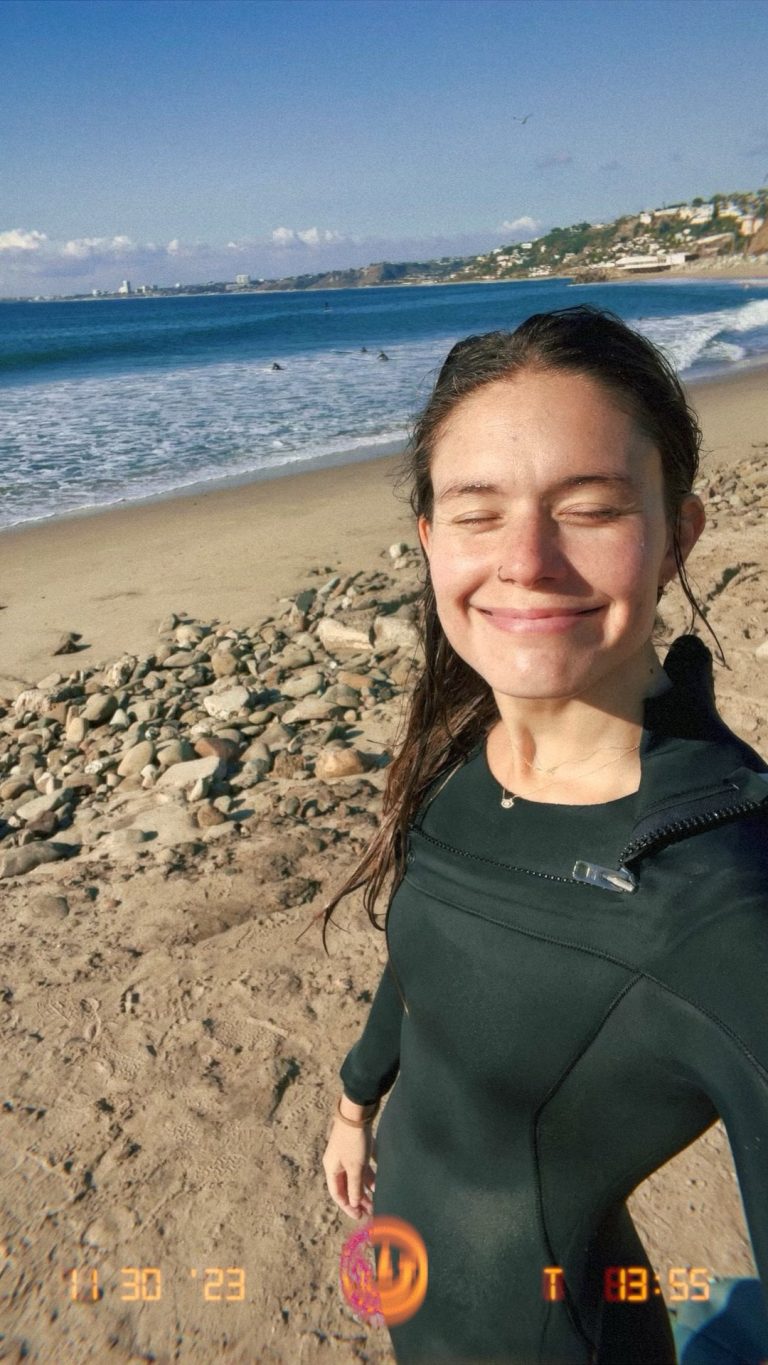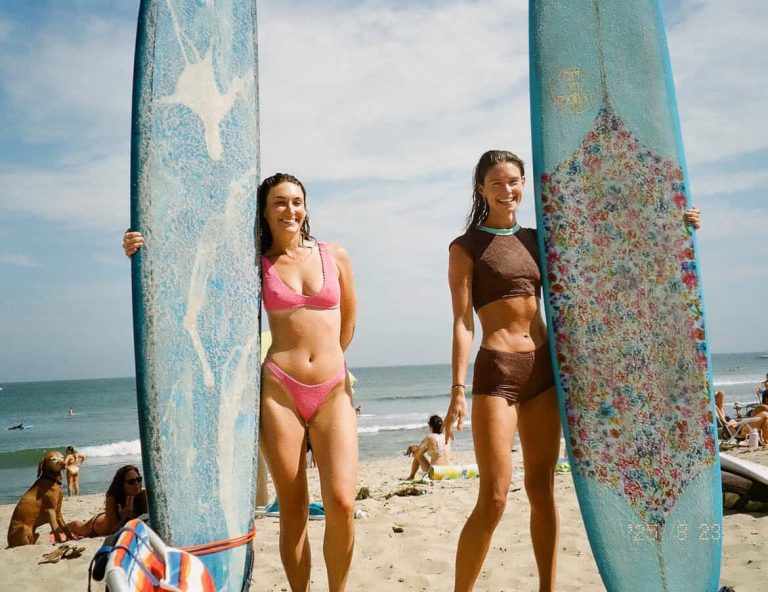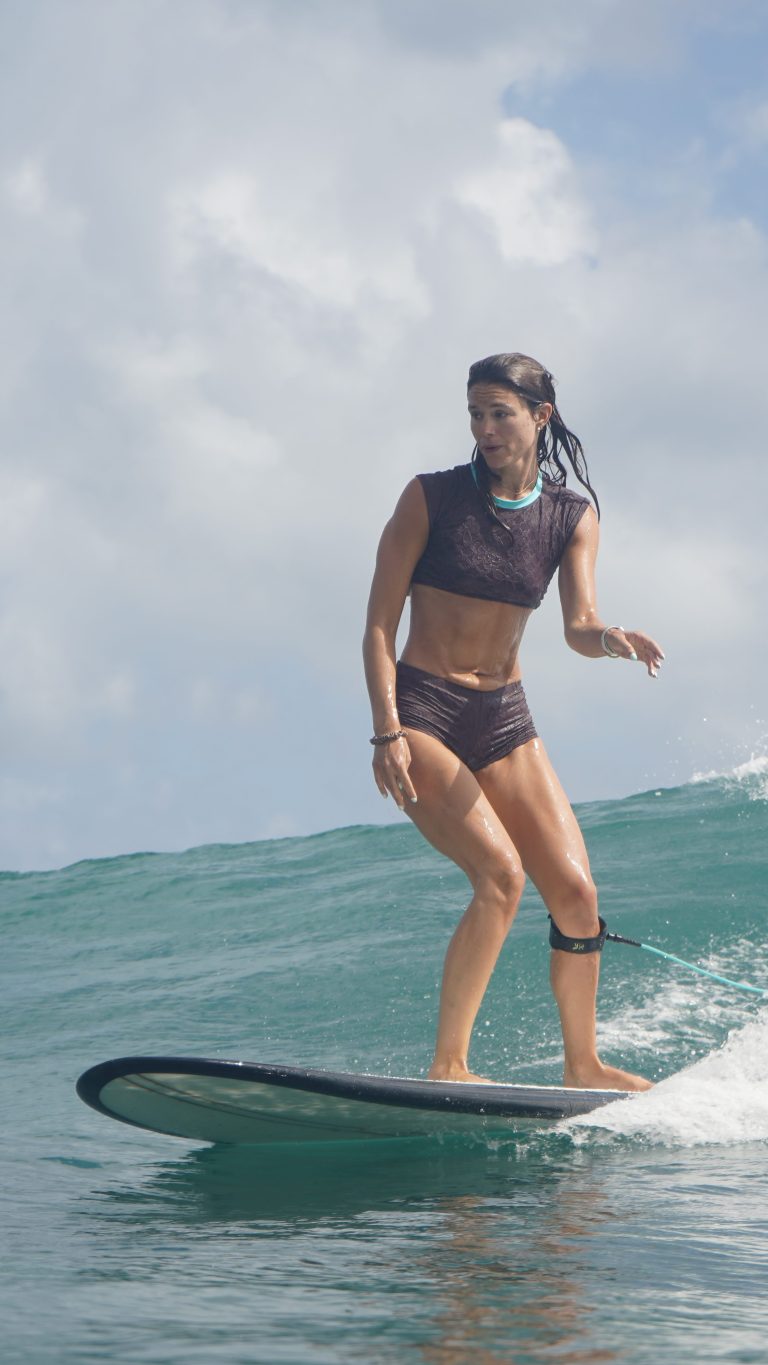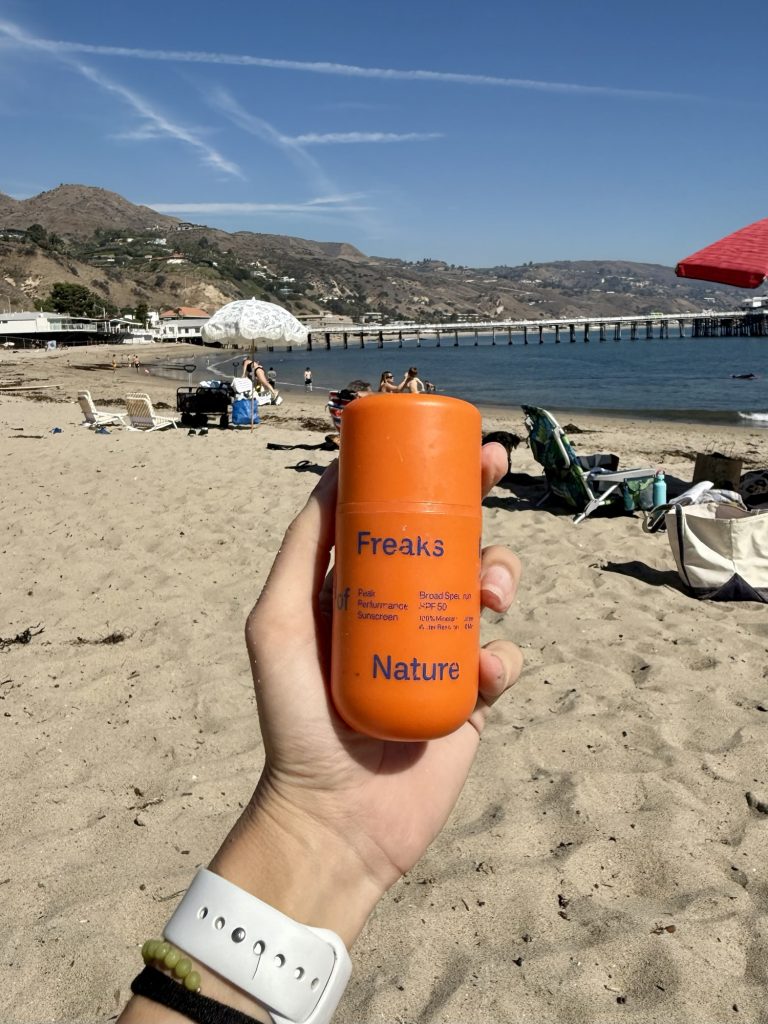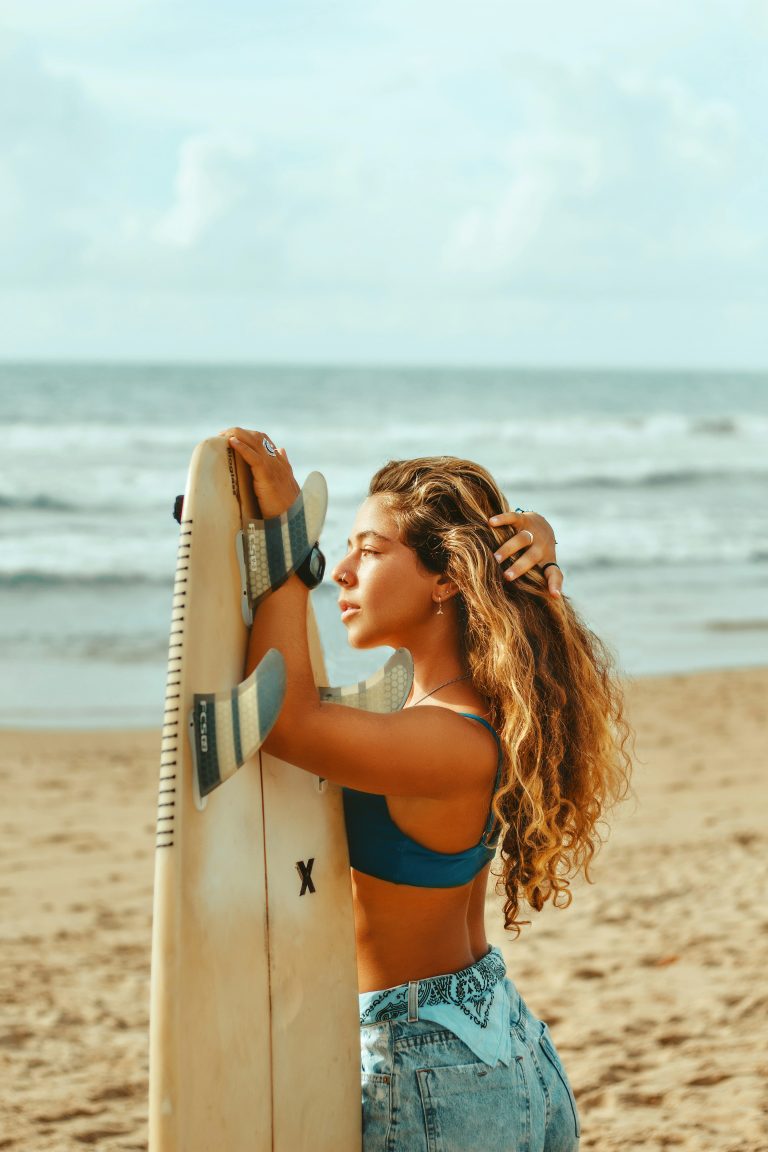How to Choose the Right Surf Retreat: Advice From a Solo Female Traveler
This summer I went on my first ever surf retreat. I’ve been surfing for about five years and have been on a few surf trips with friends, but I wanted to spend a whole week solely focused on surfing with no other agenda. I did this trip as a solo female traveler with only about a month’s notice, so my options were limited by both availability and where I felt safe riding solo. Now that I have one retreat under my belt, I honestly can’t wait to go on the next one. I’ve learned a lot about what to look for the next time around, so here’s my advice:
Pick Your Destination Based on What Kind of Wave You Want
Think about what you want out of the retreat — do you want waves you can’t get at home? Are you trying to hone in on a specific skill? I wanted to get out of my comfort zone a bit, so I ended up choosing Bali. However, many people on my retreat were expecting softer, point-break style waves, and were disappointed in the rougher reef breaks Indonesia is known for. Do some research on the general vibe of the waves for both the location you’re heading to and the time of year you’re planning. If time is on your side, you can choose a location and season based on the predicted swell — whether you’re after big barrels or gentle baby waves.
Pick Your Retreat Based on Your Level
If a retreat says that they cater to “all levels,” they probably cater mostly to beginners. I went on an all-levels retreat and even had to fill out a form detailing my surf experience so they could match me with the right equipment and instructor. However, on my first day out, they brought me and the other more experienced surfers to a break that was basically just white water. We complained, and in the following days they did bring us to more suitable breaks, but it was clear that they weren’t used to providing coaching for intermediate surfers. We got a few tips, but not what I was hoping for. Next time, I’ll look for a retreat specifically designed for advancing surfers, like the ones run by Kassia Meador or Loca Lo.
Weigh Dedicated Dates vs. Drop-in Retreats
Some surf retreats have scheduled, dedicated weeks, while others are open year-round for drop-in guests. Drop-in retreats often have more established facilities — they’ve built a home somewhere, which can be nice. They also offer flexibility in travel since you don’t need to arrive or depart on specific dates, and you can book one on a whim (as I did when I decided to head to Bali on 30-days notice). On the other hand, dedicated-week retreats create a special vibe. Everyone arrives, progresses, gets sore, and rests together. When new people cycle in every day, it can bring fresh energy, but it also means you’re not all on the same schedule. On my retreat, I bonded most with the people who arrived at the same time — we were on the same wavelength and progressed at a similar rate, which made the whole experience feel communal. Since I was traveling alone, I liked the communal energy of being on the same schedule as people.
Don’t Underestimate the Value of Filming
My retreat offered filmed feedback on our technique, and it made a huge difference. If you’ve ever seen a clip of yourself surfing, you know it looks way different than it feels in your head. If you haven’t, that’s all the more reason to get one on your next retreat! Most reputable retreats include some kind of photography or filming, and I’d definitely prioritize this, even if there is an extra cost. Not only does it accelerate your learning, but you also get an amazing memento of your trip.
Take Accountability for Your Own Saftey
Don’t assume your surf instructor knows best. If your gut tells you something is off, trust it. I had a feeling the leash on my board wasn’t secure, but I didn’t want to offend my instructor (a Bali local). Twenty minutes later, I had just completed my paddle out when a huge set rolled in. I tried to get over the wave, but had to turtle roll at the last second, and bam — my board was ripped away as the leash string snapped. I was left floating deep in the Indian Ocean, too far to swim back. It was one of the scariest moments of my life. If you’re ever in a situation where the equipment doesn’t look right, or you know you’ll be pushed too far out of your comfort zone, speak up.
While there are definitely things I’ll do differently the next time I book a retreat, my main takeaway is this: there will ABSOLUTELY be a next time. I gained so much confidence as a surfer, met incredible people, and finally experienced a destination I had been dreaming about. Surf tourism is such a beautiful way to see the world — and I already have my eye on my next retreat.
✨ Pro tip for future retreats: if you’re curious about what I actually pack for surf trips, I put together a What’s in My Surf Bag shelf on ShopMy with all the gear and little essentials that make these trips smoother. It’s been a lifesaver when I’m booking last-minute adventures and don’t want to overthink packing.
